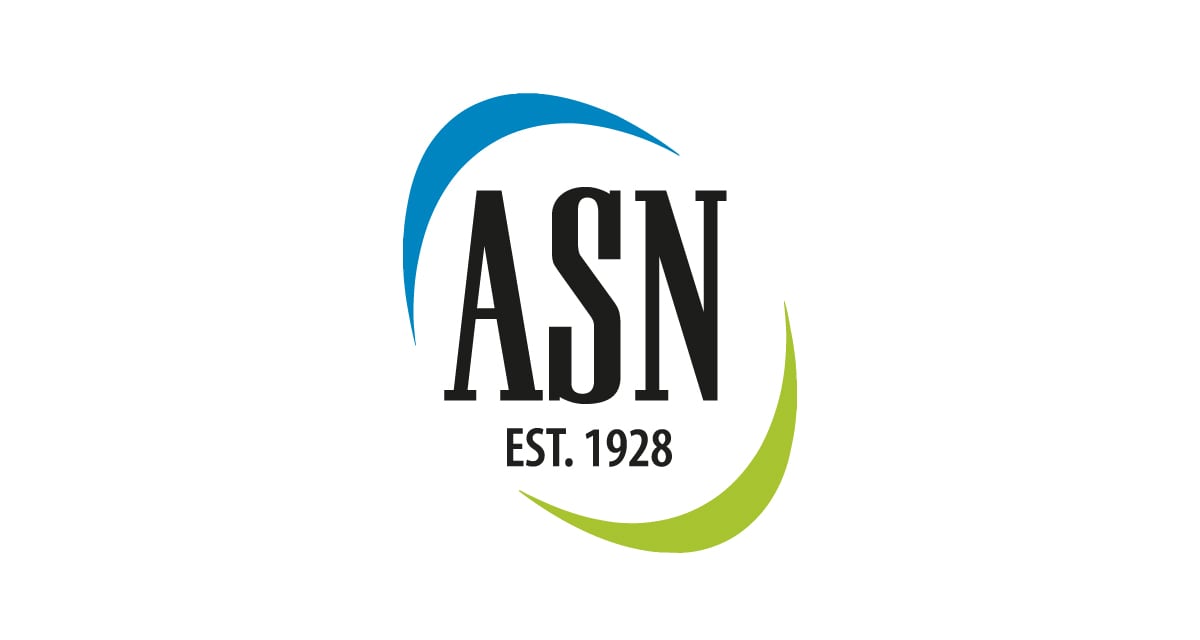By Mary Scourboutakos
Living in Canada, I was never worried about recombinant bovine somatotropin hormone, aka rBST. This synthetic hormone, which mimics a natural hormone that causes cows to produce more milk, was banned in Canada in the 1990s. So North of the 49th parallel, most people have never heard of it.
Meanwhile in the United States, the situation is a little different. rBST is legal in the US because technically, there’s no evidence that it causes harm to humans. Meanwhile in Canada, the rationale for its ban is that it may pose risks for the cows that are treated with it.
With that in mind, whenever I visit the US, I always explore the milk on grocery store shelves to see if it contains rBST. To my surprise, on nearly every occasion, I’ve been hard pressed to find a jug of milk that didn’t say “from cows not treated with rBST”.
This was reassuring. But then I noticed something…while every jug of milk said “no rBST” I couldn’t find a single block of cheese, or container of yogurt declaring this.
This got me thinking…are they using the rBST-treated milk in yogurt and cheese? Could it be that consumers are so far removed from the food chain that they would think to look for “no rBST” on their milk, but wouldn’t think to look for it on their cheese?
It didn’t make sense…were the labels missing? Or was the industry using rBST milk in places where people would be less likely to look for it? I wanted to get to the bottom of this, so I started asking people about it. No one really knew the answer until I spoke with a representative from the food industry who told me that it takes so much effort to change labels, the industry won’t label something unless there is extremely consumer demand. She predicted that the yogurts and cheese are probably made with rBST-free milk, they’re just not advertising it.
Lo and behold, after doing some reading I found that in fact, many brands have removed rBST from ALL of their products, they’re just not stating it on their label, or they’re doing so haphazardly on some products but not others.
Perhaps I’m an over informed consumer who is paying attention to details that nearly no one else even knows or cares about, nevertheless, it’s interesting to consider that a product could in fact be potentially healthier—or at least kinder to the animal it’s coming from—than expected. I guess sometimes the food industry doesn’t show off everything it could.



